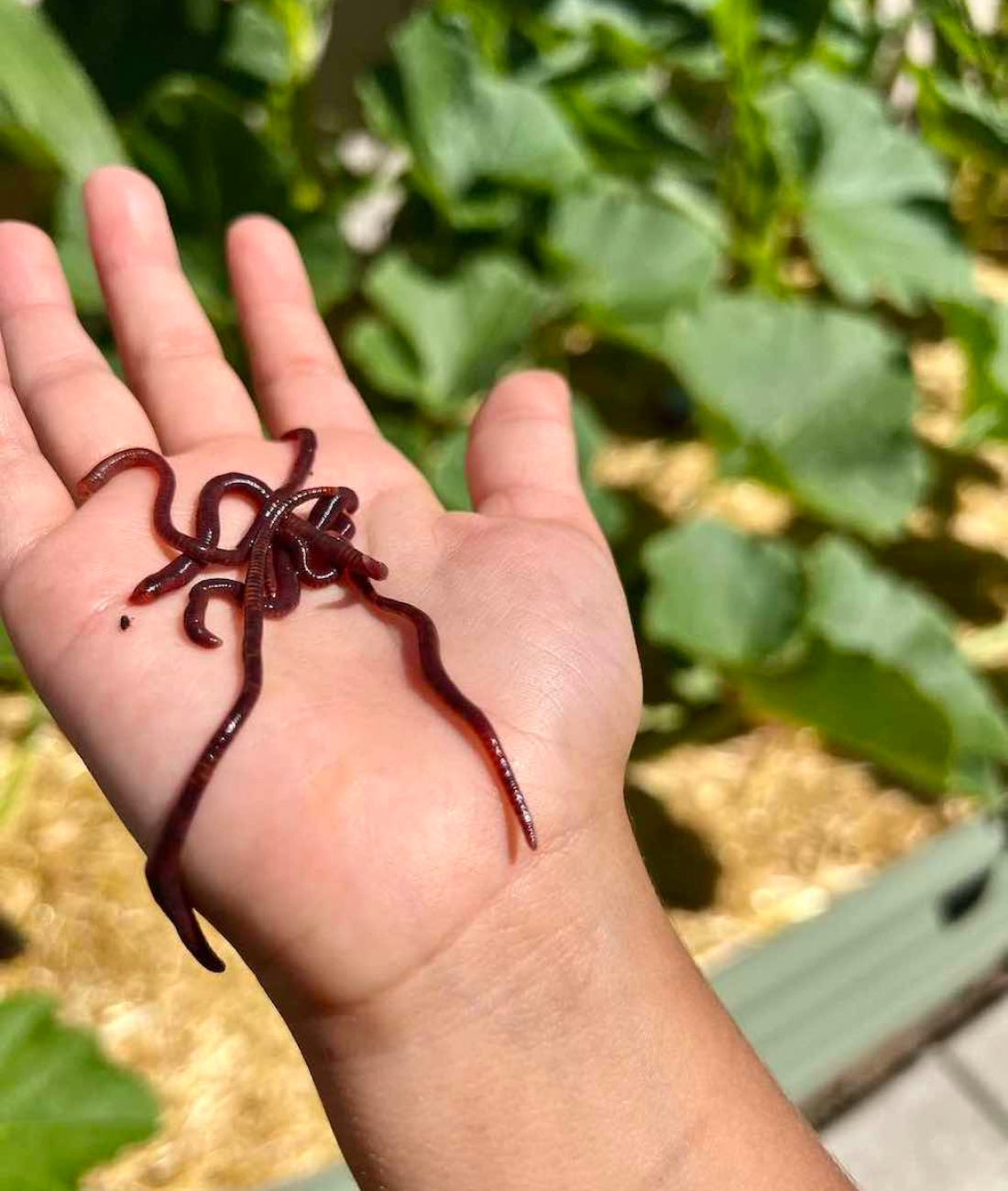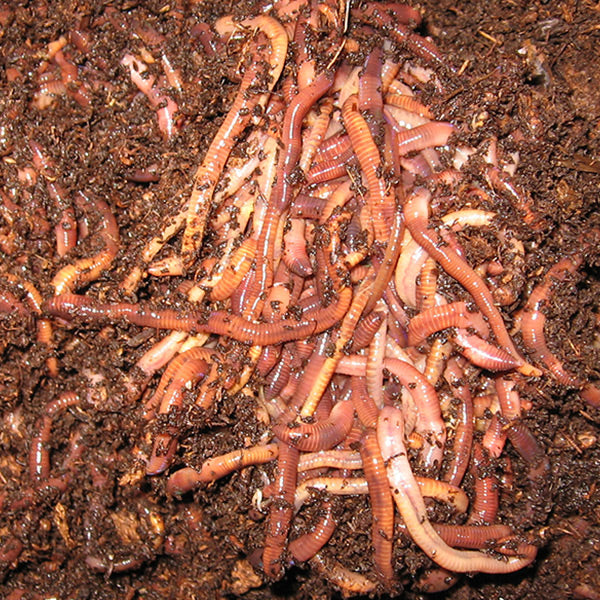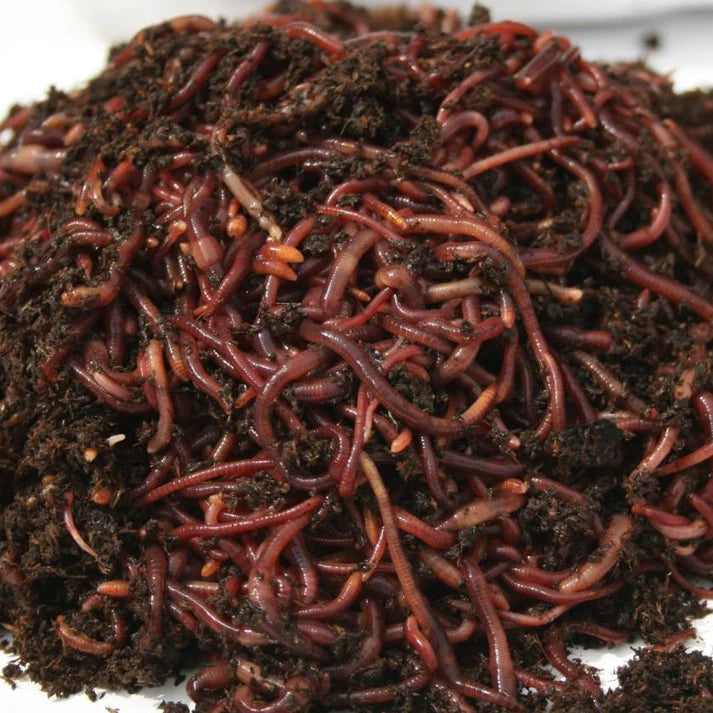Getting My Red Wiggler Express To Work
Getting My Red Wiggler Express To Work
Blog Article
An Unbiased View of Red Wiggler Express
Table of ContentsGetting My Red Wiggler Express To WorkThe Buzz on Red Wiggler ExpressIndicators on Red Wiggler Express You Need To KnowMore About Red Wiggler Express
With the worldwide press for sustainability and with environmentally friendly practices expanding in appeal, individuals are lastly coming about and acknowledging the environmental benefits of red wiggler worms and composting. In this article, we'll discuss exactly how vermicomposting sustains sustainable gardening and the environmental advantages of red wigglers and various other earthworms.
This is the brief of it. If you wish to check out comprehensive about red wiggles, we have a whole article committed to them here. Now, let's get involved in the nitty-gritty of how these worms support sustainable horticulture practices and profit the setting: Worm composting resembles a health facility day for your dirt.
When integrated right into your garden soil, these spreadings enhance its framework, oygenation, and water retention. This assists with plant growth and wellness and does not need using any kind of chemicals. Did you recognize that organic waste comprises a considerable part of landfill product? And breaking down organic waste in garbage dumps creates large quantities of garbage dump gas (LFG), which is consisted of about 50% CO2 and 50% methane a greenhouse gas approximately 28 more effective than CO2.
By diverting your cooking area scraps and lawn waste right into a worm composting bin, you're successfully lowering the amount of organic waste that finishes up in landfills. Fail to remember about chemical fertilizers worm spreadings are the actual deal.
Red Wiggler Express Can Be Fun For Anyone

Mix the nutrient-rich worm spreadings into your garden soil or utilize them as a leading dressing for potted plants. In a globe where sustainability is becoming significantly important, red wigglers shine as unrecognized heroes of horticulture.
Composting may look like old news, but doing it with a bin packed with worms most likely does not. Red wiggler worms use great benefits to the natural gardener, generating both a natural plant food and an efficient chemical. And they eat your cooking area scraps. The worth of red wigglers, a.k (Worm Farms United States).a. Eisenia fetida, hinges on their excrement, understood as worm castings.
Worm castings might be acquired at stores such as SBS in Vineyard Place or Winery Gardens in West Tisbury, however to elevate the worms in a compost bed and harvest your own castings is a lot a lot more fun. The work of these worms is an aspect of lasting living. Red wigglers are native to steed manure, where they burrow to lay eggs.
Not known Facts About Red Wiggler Express
(https://nicedir.net/details.php?id=344854)They can not make a great deal of it." He covers the bin with straw, then an item of old carpeting. "They like the heat," he states. Lynn discusses the production of spreadings and two usages: as a plant food and as a pesticide. "They digest rotting issue. It goes through them and adds calcium to make this abundant planet," she says.
"We call it golden tea," states Lynn. "I did it to see if it would make a distinction on white flies and aphids. My rosemary had a mold or fungi. After I sprayed, immediately it looked much better." The red wiggler is a prodigious dog breeder, laying eggs as typically as once a week.
It takes three to 5 months for a baby worm to get to sex-related maturity and the grown-up length of three inches. Their lifetime is four to 5 years unless certainly they are made use of for bait. As freshwater fish bait, wigglers wriggle on the hook and survive underwater longer than traditional earthworms.

As one of the Epigeic class of compost worms, the typically does not appear in dirts. The worm is red or reddish-brown in shade and has a smooth, cylindrical shape.
A red wiggler worm can grow up to 4 inches in size yet is generally just about 2 and a half inches. The worm has a little mouth located at the front of its head. It likewise has small bristles, called setae, which assist the worm step and support itself to surfaces.

Report this page